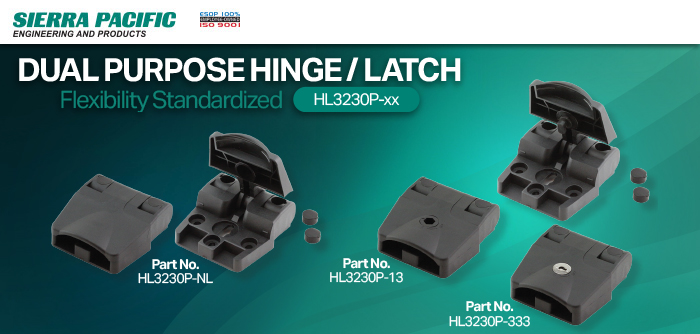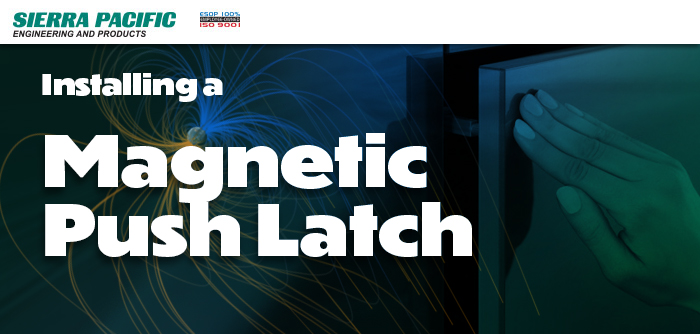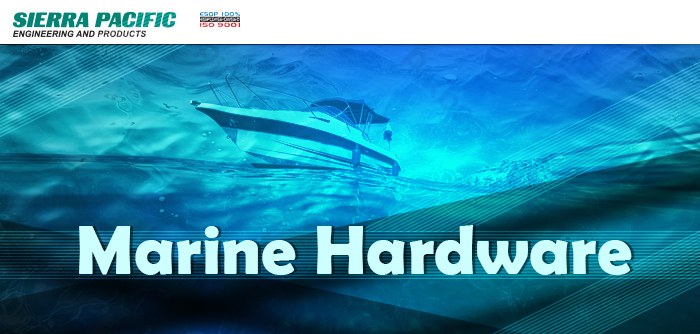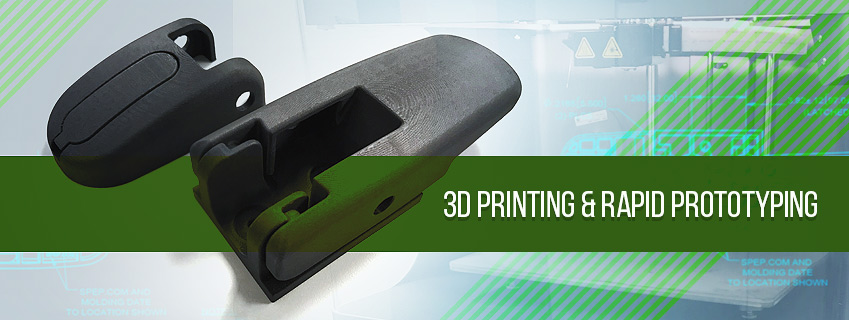
Rapid prototyping is a technique used to quickly fabricate scale models of a physical part or assembly. This is done using 3D computer-aided design (CAD) data and a three-dimensional printer, or additive layer manufacturing technology. To be clear:
- To create a scale model rapid prototype you must
- Have a 3D CAD file to then feed to
- A 3D printer to create the prototype
Therefore 3D printing is the manufacturing process and rapid prototyping is one of the applications of a 3D printer. However, there are different types of rapid prototyping.
Two Types of Rapid Prototyping
- Multi-Jet Modeling (MJM) – is a type of rapid prototyping in which a model is created in layers from a 3D CAD file with a print head that has several linear nozzles. The thermoplastics are sprayed as fine drops through a heated print head and polymerized by UV light. After a thin layer is added, the process repeats itself by jetting out additional layers of material until the part is fully formed.
- Fused Deposition Modeling (FDM) – is the most widely used additive manufacturing. It uses thermoplastics to build strong, durable, and stable parts using a layer-by-layer deposition of feedstock plastic through a nozzle. The machine head repeats the extruding and melting, layer by layer until the part is complete.
The Differences Between the Two
The processes outlined above are obviously different and the characteristics of the parts created via each process will differ as well. The main things to take into account when choosing the right technology:
- Application – how will you be using the part? While Multi-Jet can create exceptional detail, FDM creates durable end-use products.
- Material – Multi-Jet can create small features and fine textures that can even be rubberlike. While with FDM you can choose from a variety of plastics to suit the purpose of the product.
- Aesthetics – If the look of the end product is important again Multi-Jet can provide a level of detail that FDM cannot. Not to say FDM end products don’t look finished, however, it’s important to note the difference.
- Part Size – Both prototyping processes have size limitations regarding the size of the end product it can create. However, FDM allows you to build parts as large as you need because the design file can be split into multiple pieces, a final bonding of these broken up pieces is then needed to make the larger product.
Our 3D Printers at Sierra Pacific
On our production floor, we have two 3D printing machines a ProJect 3500 HD Max and a Markforged x7. With both a Muli-Jet and FDM printer on hand we are able to create a wide variety of products for clients no matter how complex. In combination with our engineering team, these tools set Sierra Pacific apart allowing us to fulfill all general and specific hardware requests no matter how big or small.
What We Build
The name of the game for us is access hardware and 3D printers have changed the way we work. Besides creating standard parts and products for all sorts of industrial and commercial uses we can create custom products when needed and this is where 3D printing plays a huge role in our work.
We can take ideas from concept to prototype to final product in no time. Our history working in traditional access hardware manufacturing has set up to capitalize on this new and innovative technology.
What Can You Make With a 3D Printer?
A timely example of what 3D printers are capable of is right now, during the COVID-19 pandemic. To aid frontline workers many businesses have turned from manufacturing and creating their normal products to producing PPE (personal protective equipment) like face masks and shields as well as protective eyewear and more.
The innovations don’t stop there, 3D printers were being used in healthcare prior to the pandemic. Creating 3D prosthetics and bioprinting are just some of the amazing applications of this new and emerging technology.
Construction is another industry that has adopted this new innovation using the power of 3D printing to fabricate building or construction components. Some applications in construction include extrusion, power bonding, and additive welding. And outside of the world of business and industry folks have found all sorts of uses for 3D printers creating everything from a driveable working Lamgourbini to unique birdhouses to one of a kind shoe wall mounts.
The Future of Manufacturing
No matter the exact application, 3D printing has changed the way we do business in so many industries and the future is more! Learn more about how Sierra Pacific is already implementing this technology to streamline processes and efficiencies, saving time and money in the production of access hardware. Browse thousands of products engineered, prototyped, and built by us using 3D printing.
Editor’s Picks
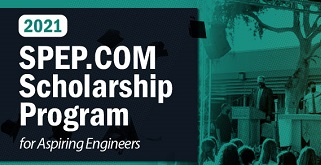
Sierra Pacific Engineering College Scholarship Program
Feb 7, 2022
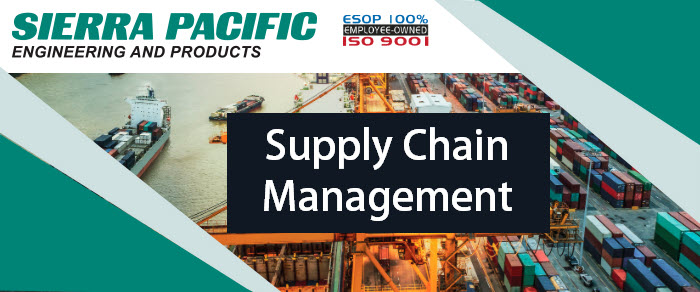
What is Supply Chain Management, and Why Is It Important?
Jan 13, 2022
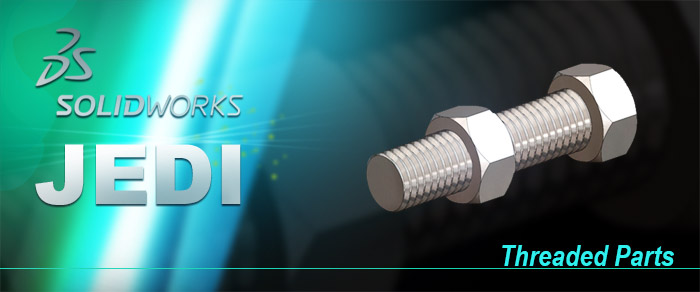
How To Make Threads in Solidworks: Become a Solidworks Expert
Nov 10, 2020


